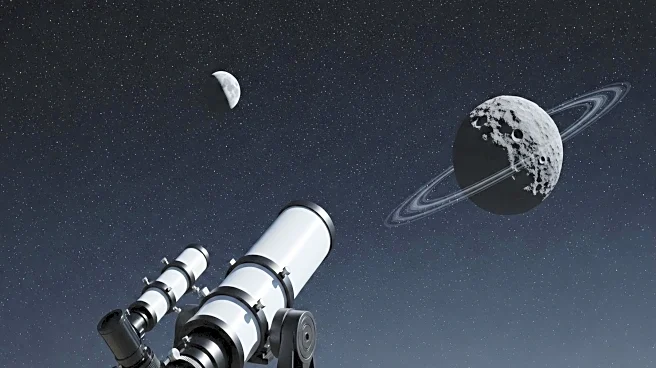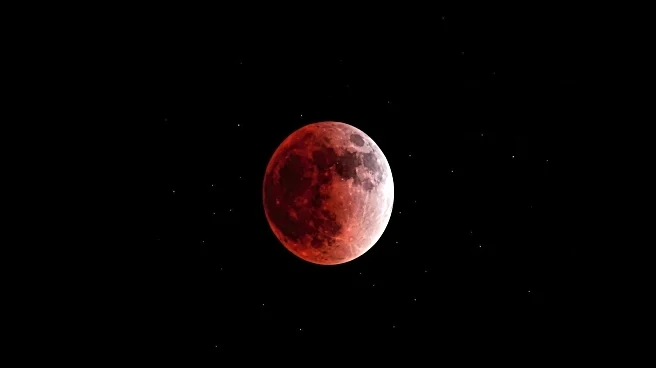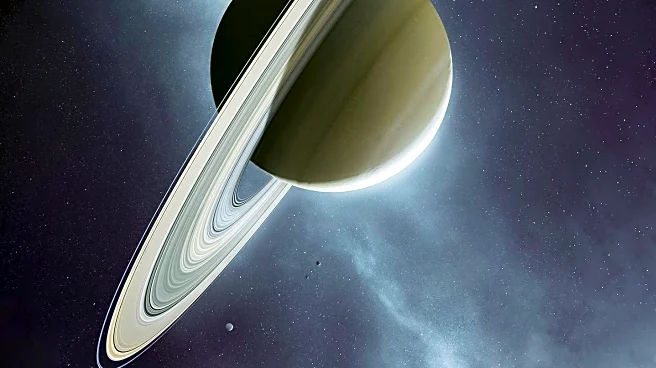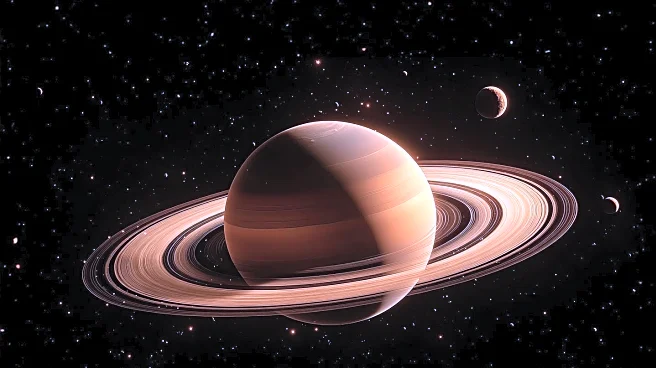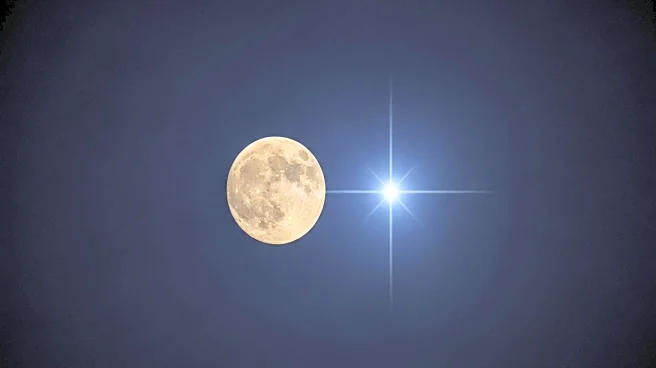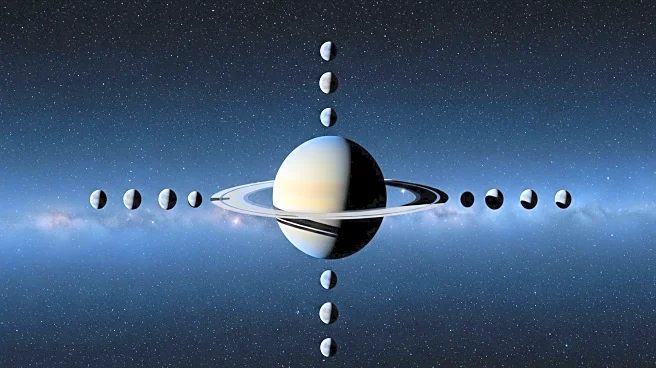What's Happening?
Swiss amateur astronomer Josef Käser made a significant discovery at the Schafmatt Observatory, identifying a previously unknown moon orbiting an asteroid. The discovery occurred during an observation session aimed at determining the size and shape of asteroid (108968) 2001 PE40. Käser noticed a brief occultation of a star, indicating the presence of a moon. Fellow astronomers in Germany confirmed the observation, establishing the moon's existence. The asteroid measures 12.6 x 6.8 km, while the moon is 2.9 x 1.83 km, orbiting at a distance of 23.9 kilometers. This discovery is considered a highlight in Käser's 50-year career.
Why It's Important?
The discovery of an asteroid moon contributes to the understanding of small planet research and celestial mechanics. Such findings enhance knowledge about asteroid compositions and their interactions in space, which is vital for space exploration and potential asteroid mining. The achievement underscores the role of amateur astronomers in advancing scientific knowledge, highlighting the importance of collaboration between amateur and professional astronomers. This discovery may inspire further research and exploration initiatives, potentially influencing educational programs and funding for astronomical studies.
Beyond the Headlines
The discovery reflects the precision and dedication required in astronomical observations, emphasizing the value of amateur contributions to science. It also highlights the technological advancements that enable detailed celestial observations, fostering interest in astronomy and space sciences. The event may encourage amateur astronomers worldwide to engage in similar research, promoting scientific curiosity and collaboration. Additionally, it underscores the importance of international cooperation in scientific endeavors, as demonstrated by the collaboration between Swiss and German astronomers.
